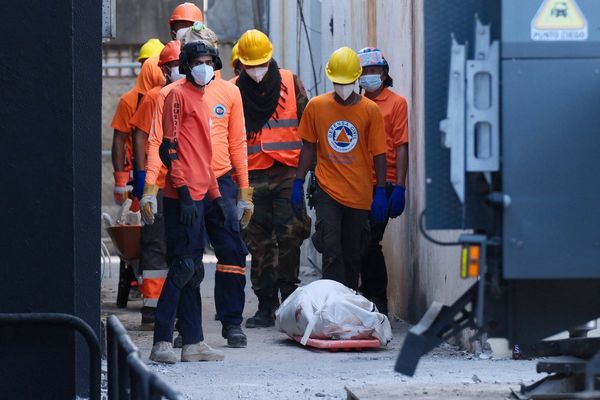
The first ever images of the Vangunu giant rat, an elusive rodent that can grow up to 1.5 feet long and is known from only a single specimen that fell out of a tree six years ago, have been recorded by researchers in the Solomon Islands.
Using camera traps and a particularly tasty lure, the team snapped pictures of four rodents at least twice the size of common rats scurrying around the forest floor on the Solomon Islands, an archipelago northeast of Australia in the Pacific Ocean.
The rodents were "irrefutably identified" as Vangunu giant rats (Uromys vika) owing to their large size, long tails and very short ears, according to a study published Nov. 20 in the journal Ecology and Evolution.
"Capturing images of the Vangunu giant rat for the first time is extremely positive news for this poorly known species," study lead author Tyrone Lavery, a lecturer of native vertebrate biology at the University of Melbourne in Australia, said in a statement.
Indigenous people living on Vangunu, an island that sits in the center of Solomon Islands, have long known that rats so big they can chew through coconuts live in their forest — but the species had eluded scientists. The first tangible proof of its existence came in 2017, when commercial loggers felled a tree on Vangunu and a giant rat dropped out of it dead.
Related: Can rats 'imagine'? Rodents show signs of imagination while playing VR games
A few years later, locals from the Zaira community, who manage the largest remaining tract of Vangunu's pristine forest and hold intimate knowledge of its ecology, helped the same researchers set up their camera traps to finally document the secretive rodents in their habitat.
"All images were captured during nocturnal hours, and activity was clustered around midnight," the researchers wrote in the study. They lured the giant rats with sesame oil, which may have been key to their success, they added, as previous attempts using peanut butter only attracted non-native black rats (Rattus rattus).
The pictures come "at a critical juncture," Lavery said. Vungunu giant rats could soon go extinct due to commercial logging, which has decimated much of the island's forest — including the area where the first giant rat specimen was found in 2017, according to the study.
Last year, the Solomon Islands' government granted consent for commercial logging of the last scraps of forest where the already critically endangered rats live. "Logging consent has been granted at Zaira, and if it proceeds it will undoubtedly lead to extinction of the Vangunu giant rat," Lavery said.
Zaira community representatives have lodged an appeal against the decision.
"We hope that these images of U. vika will support efforts to prevent the extinction of this threatened species," Lavery said.







